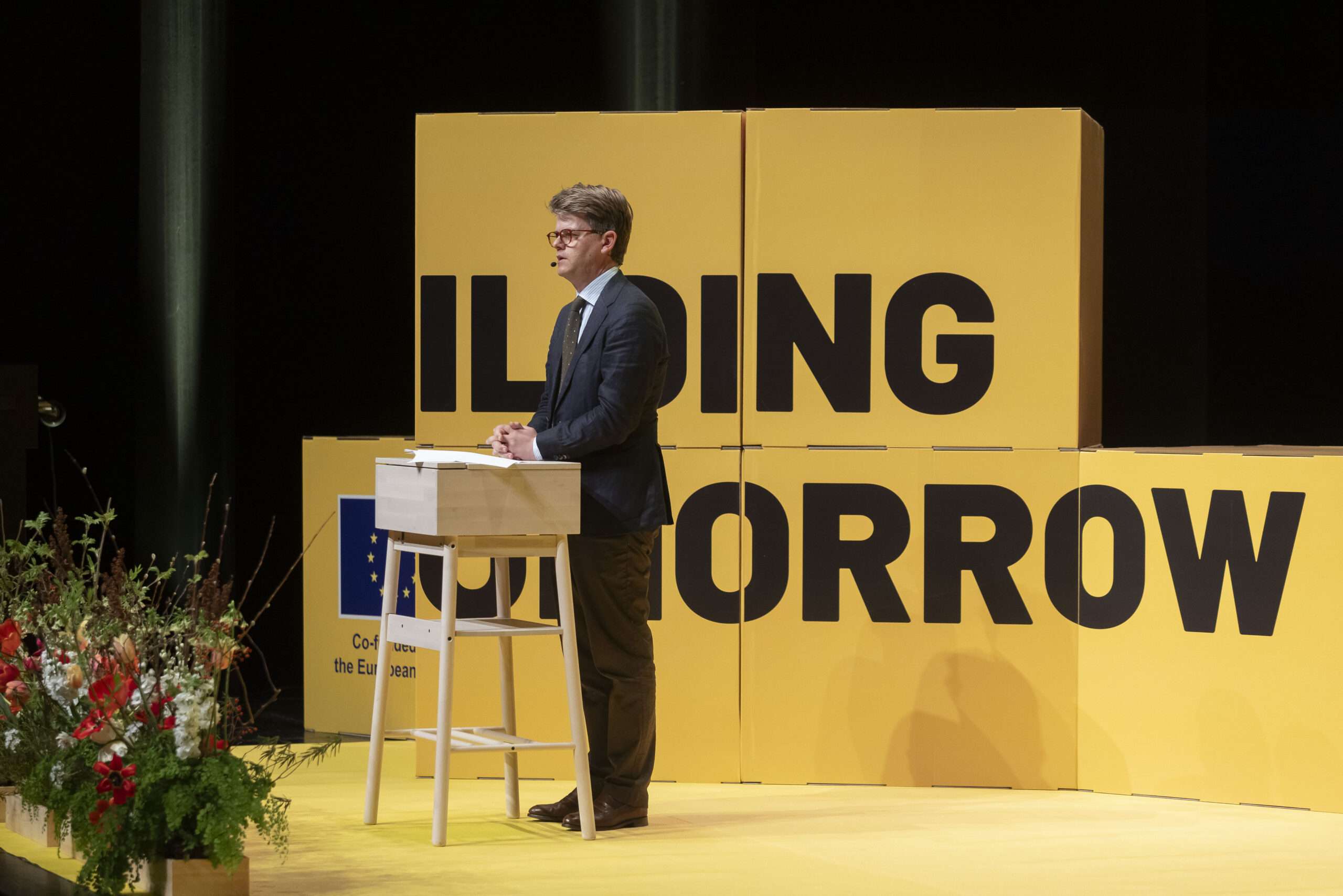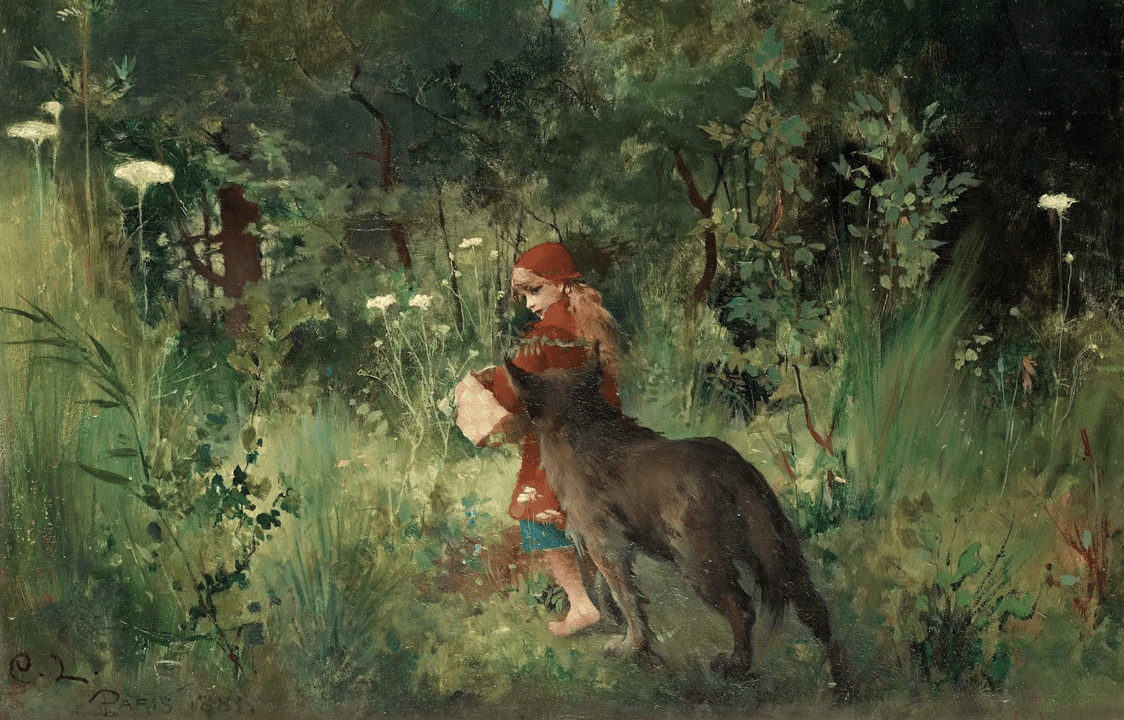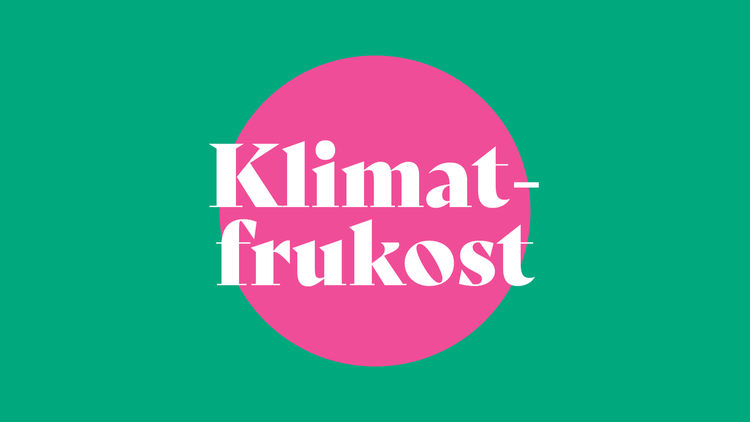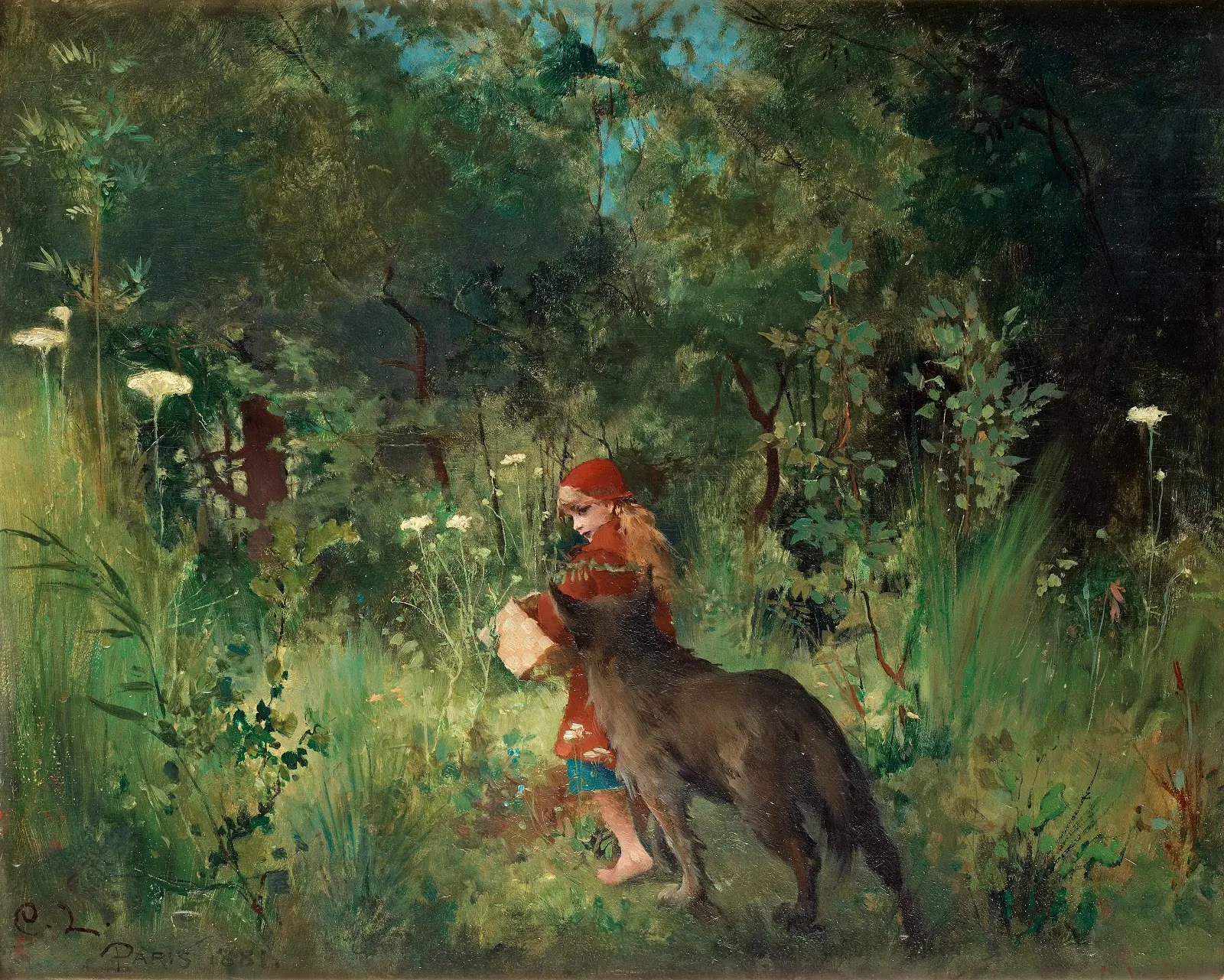
Last week, Viable Cities chief storyteller, Per Grankvist, attended the Demo North Conference where 250 decision-makers gathered to talk about how to attract 100,000 people to Norrland, and he gave a keynote address. In his address, Per emphasized the need...




